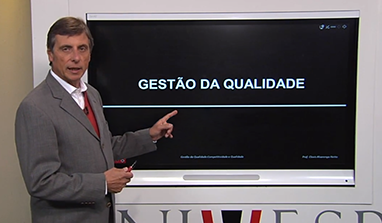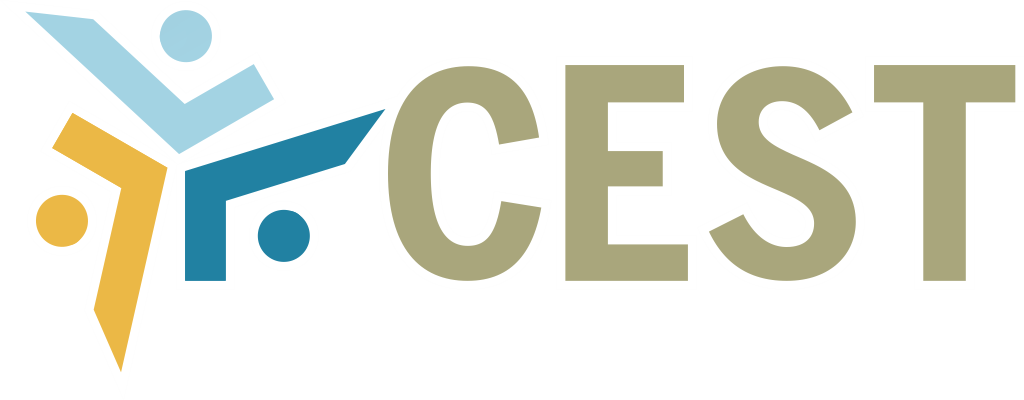– February 15, 2019 –
Prof. Clovis Alvarenga Netto, Ph. D., is a Professor of the Production Engineering Department at Escola Politécnica da Universidade de São Paulo. In his interview, Alvarenga Netto presented in general terms an innovative methodology model applied in his discipline, how the model was implemented, and the obtained results.

In your article, you talk about an innovation methodology used in your in Production Engineering classes. Why have you tried this methodology with your students?
Nowadays, students are less interested in engineering courses probably due to the hard work these courses demand. It is also true that traditional teaching methods no longer satisfy our students. So I tried a method that engaged the students in their learning process, and that assured their better performance.
It would be interesting if you could define the term Innovation. What is to innovate in classroom practice?
In short, innovation in the classroom is the adoption of practices in which students participate more actively, with challenges and problems to be solved. It is the problem-based learning that has evolved into project-based learning.
Can you explain briefly the innovation model you have implemented?
Well, in a session with all students, I propose a theme to the group. The students pair up to discuss the challenging questions. There are three bunches of questions: the first is to identify the main problems; the second to improve the current situations, and the third to find a way to impact the final results. As I have mentioned before, the method is more engaging, makes students give their opinions, stimulates discussions, and generates better responses.
You talked about intrinsic and extrinsic motivation. If I understood you correctly, there was an extrinsic motivation (a reward) in the process. Don’t you think this type of motivation influenced directly the results obtained?
According to Clayton M. Christensen, professor of Business Administration at Harvard Business School, considered an authority in the field of innovation, the motivation can be extrinsic or intrinsic. Extrinsic motivation comes from outside the work. In our experiment, there were two relevant external factors: a) a reward for the best projects and b) an evaluation from an outside commission board composed of professionals not familiar to students. The belief was that an external motivation (a reward and a board) would promote more interest in the development of the projects. On the other hand, intrinsic motivation occurs when the task is pleasing to the individual. In the experiment, the challenge to solve a problem considered relevant by the group and the autonomy given to the students was the motivating factor. I conclude by saying that both types of motivation were pertinent. According to students, however, extrinsic motivation outstood. I also must mention that almost all the students finished their projects and that the majority would recommend the discipline to colleagues.
How would you describe the professor’s motivation vs the students’ motivation in this type of experiment?
The professor must be motivated to use teaching methods that require students’ active participation. This professor becomes a facilitator helping students with their doubts, giving them support and providing them with research tools. It is important to remember that the questions and doubts are always new and different and focus on aspects the professor might not have considered. The students’ questions are the fuel for the professor and students’ good relationship. As students have feedback on their demands, the feedback cycle motivates them to go on. Besides, considering the students as individuals and not only as one in the group reinforces their self-esteem, which makes them collaborative and participative.
What were the factors that most marked the students’ experience?
I believe it was the experience to present the project to a commission board of academics and professionals from the market. The students were exposed to evaluators they did not know and had to make a good impression with their project. It is a question of competing in the market and being known as solution developers and problem and challenge solvers.
 English
English Português
Português
